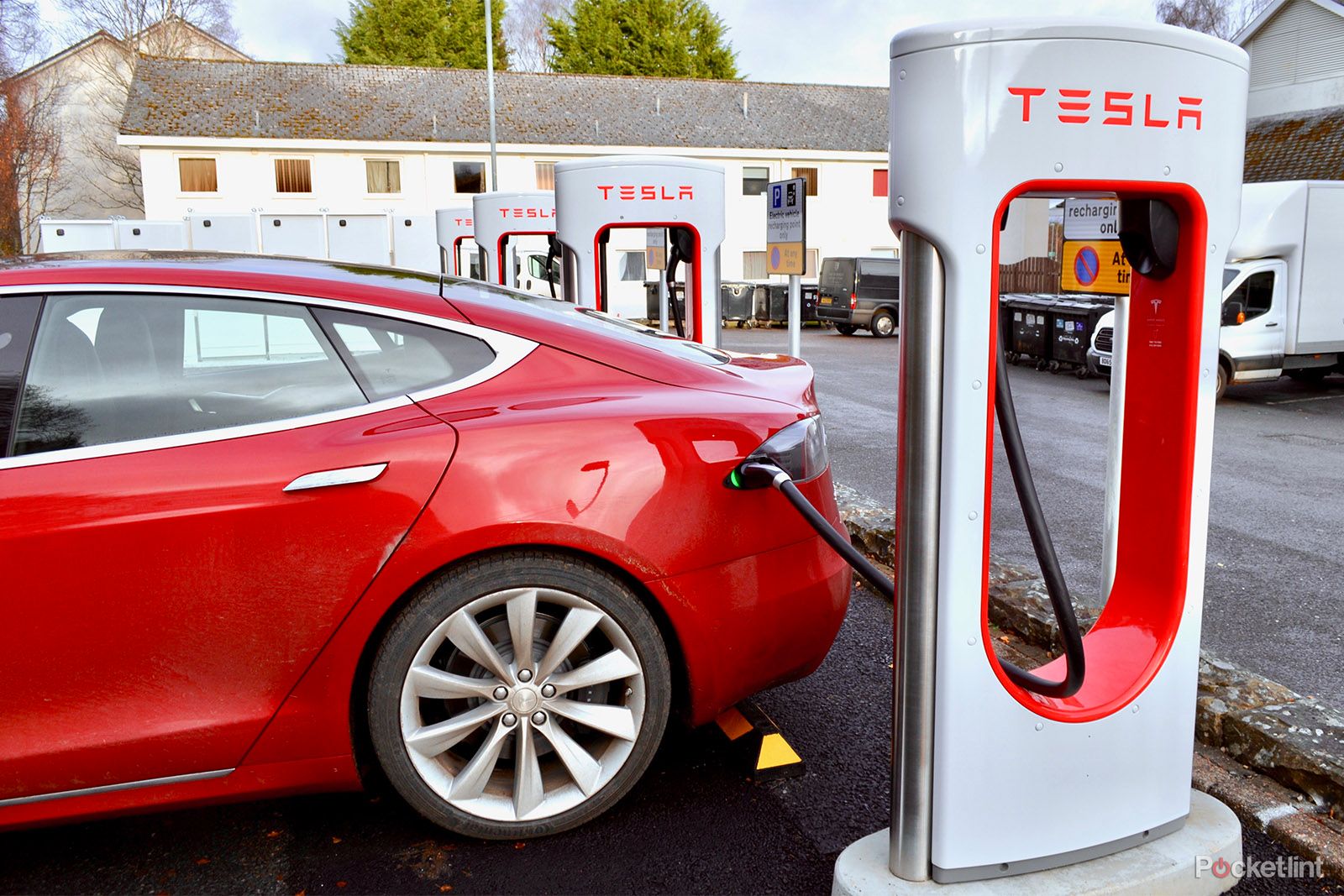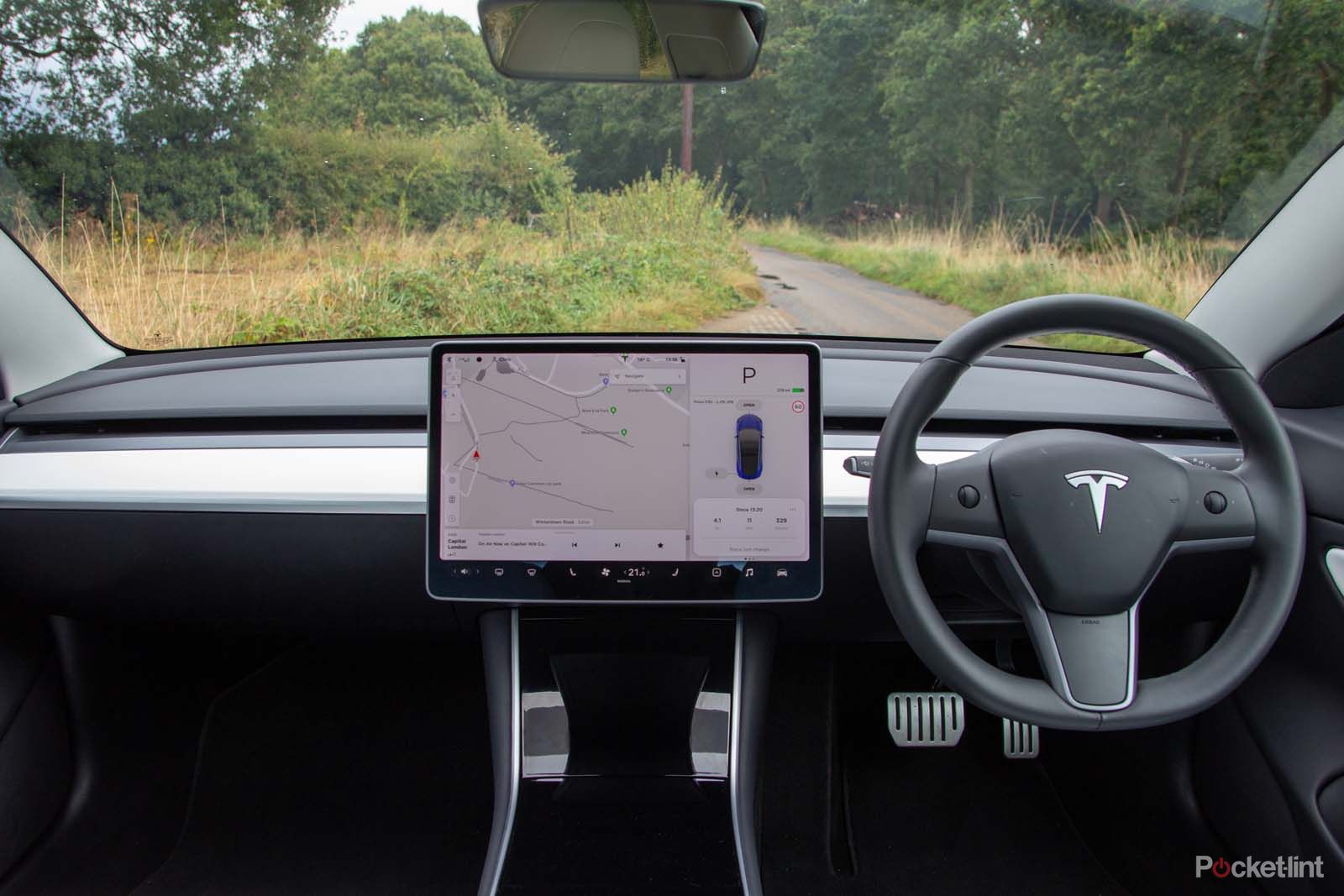Regardless of what you think of Elon Musk's Tesla, the company is often credited with popularising electric cars. The Tesla Model S, and that message that you could get ludicrous speed from it, resonated with buyers. While it's rivals - the likes of the Nissan Leaf - shouldn't be overlooked, it's Tesla that really shook the market up.
All major manufacturers are now well into their electrification plans, there's still plenty to play for when it comes to electric cars - and the move towards autonomous driving is one such area. Tesla has invested significantly in its Autopilot system, being one of the first to offer a single-click system to basically have the car drive itself. In more recent years, Tesla has been pushing its Full Self-Driving (FSD) solution. While many have accused Tesla of using owners who opt to pay for the FSD package as guinea pigs, it seems that licensing the self-driving tech is in Tesla's plans.
Speaking in an earnings call on Wednesday 19 July 2023, the enigmatic Musk said that Tesla was in discussion to license the self-driving tech to another manufacturer. That manufacturer remains anonymous for now, but the advantage in licensing means that whichever company is looking to integrate the system won't have to develop its own solution.
While the licensing costs are sure to be significant, it avoids the investment in R&D that some brands might not be able to tolerate. Of course, Tesla isn't the only company to have developed a "self-driving" - Mercedes, BMW, Ford, Nissan and many others have sophisticated rival systems, but few are as widely known as Tesla's Autopilot. The company has been more aggressive in pushing the self-driving message, while others often refer to them as driver assistance systems, which doesn't resonate as widely with customers.
That's not the only tech that's making its way out of Tesla and into other manufacturers. Over the past few months there has been a series of announcements about Tesla's charging standard too. For the last decade there's been a running battle around which standard of charging to adopt. While many have settled on CCS - common charging standard - in Europe, in the US, things have been a little less defined. Teslas in the US are equipped with the NACS connector. This is a Tesla proprietary connector, but it stands for North American Charging Standard.
There's been a sort of domino effect, firstly with agreements that would allow other brands to use Tesla's Superchargers, but then also adopting the NACS connector too. For most brands, this will see an adapter with the car in 2024 models to allow Supercharger access, and the integrated port in 2025 models. Brands confirming the switch include: Ford, GM, Mercedes-Benz, Nissan, Polestar, Rivian and Volvo. Others claim to be considering the move, including Hyundai, Stellantis and Volkswagen.
Currently it's not clear how widely these agreements are likely to stretch, but it's mostly likely that the adoption will be limited to the United States; in Europe, the wide use of CCS on both chargers and cars (including European Tesla models) might suggest that the exiting standard will be maintained.
For Tesla as a company this could all be a positive move: getting a return on the investment that's gone into firstly the FSD system and secondly the heavy investment in charging, will likely boost company coffers. But for Tesla drivers, there's going to be increased demand for Superchargers on the road and in the near future, that Tesla advantage of having a whole bank of chargers to yourself might be diminished.



